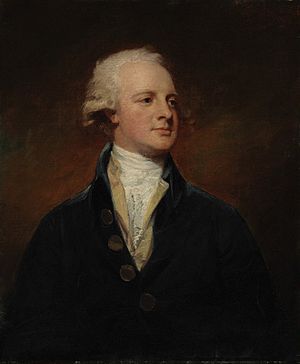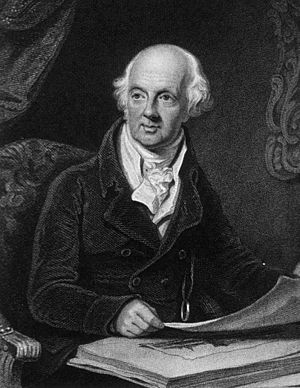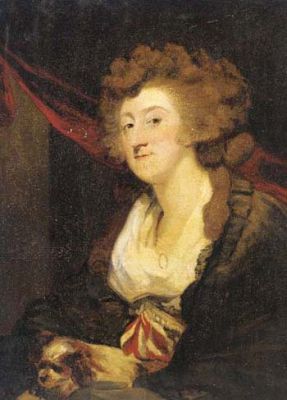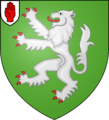Sir Abraham Hume, 2nd Baronet facts for kids

Sir Abraham Hume, 2nd Baronet (born February 29, 1749 – died March 24, 1838) was an important British figure. He was a skilled floriculturist, meaning he loved growing flowers, especially roses. He was also a Tory politician who served in the House of Commons, which is a part of the British Parliament, between 1774 and 1818.
Life and Public Service
Sir Abraham Hume was born the oldest son of Sir Abraham Hume, 1st Baronet. When his father passed away in 1772, he inherited his father's special title and the family home, called Wormleybury, in Hertfordshire.
In 1774, he was chosen to be the High Sheriff of Hertfordshire, a local official role. In the same year, he was elected as a Member of Parliament (MP) for a place called Petersfield. An MP is someone who represents their area in the House of Commons, helping to make laws for the country. He held this seat until 1780.
He returned to the House of Commons many years later, in 1807, as an MP for Hastings. He served there until 1818.
Sir Abraham Hume passed away in 1838. He was married to Amelia Egerton, who was the daughter of Bishop John Egerton. They had two daughters, Amelia and Amelia Sophia. Sadly, both of his daughters passed away before him. Because he had no sons, his special title, the Baronetcy, ended when he died.
Military Volunteer Work
When Britain faced wars with France, Prime Minister William Pitt the Younger suggested in 1794 that counties should form a part-time volunteer army. This force was called the Yeomanry, and its job was to help defend the country and keep peace at home.
Sir Abraham Hume joined the Hertfordshire Yeomanry as a Lieutenant. He later became a Captain and even formed his own special group of horse artillery, which were cannons pulled by horses, to support the cavalry.
After a short period of peace, the war started again. In 1803, Hume took command of the Southern Troop of the Yeomanry and his horse artillery, becoming a Major. He led a larger group called the South Hertfordshire Legion, which included cavalry, artillery, and infantry (foot soldiers). Even when he was too old to serve himself, he continued to support the Hertfordshire Yeomanry by giving advice and money. He was like an Honorary Colonel for the regiment.
Rosarian and Art Collector

Sir Abraham Hume and his wife, Amelia Egerton, were both very interested in roses. They grew many different types of roses, called cultivars, at their home in Hertfordshire. He was also elected as a Fellow of the Royal Society in 1775, which is a group of important scientists. He also helped start the Geological Society and the British Institution.
Sir Abraham Hume was a passionate art collector. He especially loved old master prints and drawings. He was good friends with the famous painter Sir Joshua Reynolds, who painted portraits of both Sir Abraham and his wife. Reynolds even left him a choice of his paintings by Claude Lorraine in his will.
Over the years, Sir Abraham Hume collected many valuable artworks, including paintings by famous artists like Giovanni Bellini and Titian. He bought many of these artworks during his travels in Italy.
Images for kids
-
Arms of the Hume Baronets of Wormleybury



